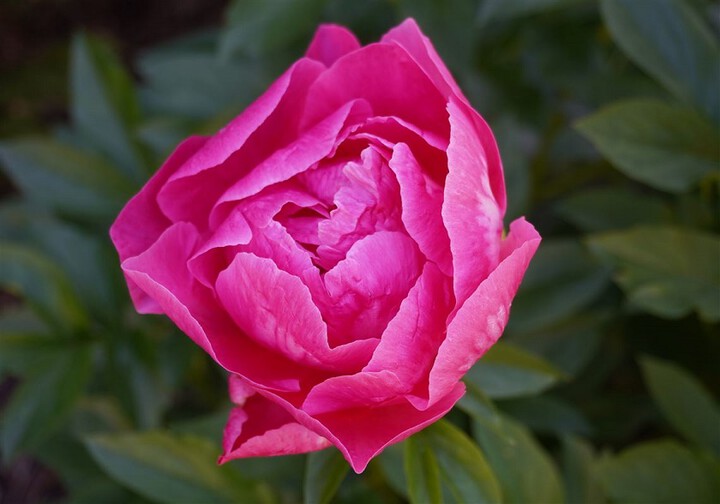I have always loved the outdoors. Whether it is in my own garden, visiting the gardens of family and friends, or enjoying public areas, plants can give us such joy.

If you get out soon, you will be able to enjoy many sites and sounds as spring officially winds down and summer will soon arrive. Here are just a few highlights of what you might be seeing:
Plants
White Fringetree (Chionanthus virginicus) — This Ohio native is spectacular in bloom. Its white flowers flow downward in panicals. I learned this week that often the male flowers are more fragrant than the female flowers. This explains why I haven’t seen fruit on my own landscape. The multistemmed shrub could be a great addition to the landscape.
Peonies (Paeonia spp.) — This favorite perennial reminds me of my grandmother and her flower garden at the family farmhouse. Her peonies were pink, but I have come to love the variety of colors. There are several different types in the perennial garden at Toledo Botanical Garden for all to enjoy.
Iris (Iris spp.) — There is so much diversity in size, color, and bloom times with this perennial. The genus has nearly 300 different species. The name iris means rainbow in Greek. Iris reticulata was blooming when the snow was still flying as a ground cover.
Siberian, bearded, and blue flag irises are commonly found in northwest Ohio and southeast Michigan; maybe they are in your own garden. Iris need to be divided as they multiply, and is a perennial that be shared with others or these new plants can be moved to other areas in your landscape. Yes, it is plant that keeps on giving!
Animals
Song Sparrows (Melospiza melodia) — Earlier this week I was tackling some vines that had grown up along a fence and over an arbor. Of course, it was already pushing growth, so I was carefully trying to remove last year’s brown leaves and dead stems. I was overjoyed when I was being so careful when a bird quickly flew out from the vines and startled me. As I took a closer look there were three blue and brown speckled eggs.
Maintenance practices were temporarily halted and the babies have hatched. The delay is well worth the wait to see this new babies grow.
Lady Beetles (Coccinella spp.) — These beneficial beetles have several common names including ladybugs and ladybirds. The convergent lady beetle is Ohio’s state insect.
While both native and non-native beetles are beneficial, dining on other insects, some may wish that the Asian multicolored lady beetle may have never arrived in the US. Are you seeing beetles in your yard and wondering which one you have? Here is a link to help you try to identify common lady beetles in Ohio: ohioline.osu.edu/factsheet/ENT-45.
Praying Mantids — Another beneficial that is making its presence in our gardens is a large predator, called the praying mantids. A collection of eggs laid last year on branches and twigs have begun to hatch. The ‘mini-mes’ look like the adults, but much smaller in stature. The three mantid species commonly found in Ohio include European (Mantis religiosa), Chinese (Tenodera sinensis), and Carolina (Stagmomantis carolina).
If you have plant-related questions, you can always email or call. Beginning June 8, the horticulture hours will resume at the OSU Extension Office at the Metroparks Toledo’s — Toledo Botanical Garden, 5403 Elmer Drive in Toledo, from 10 a.m. to 1 p.m. on Mondays and Wednesdays. Visitors will be required to wear a mask and the number of visitors will be limited inside the office.